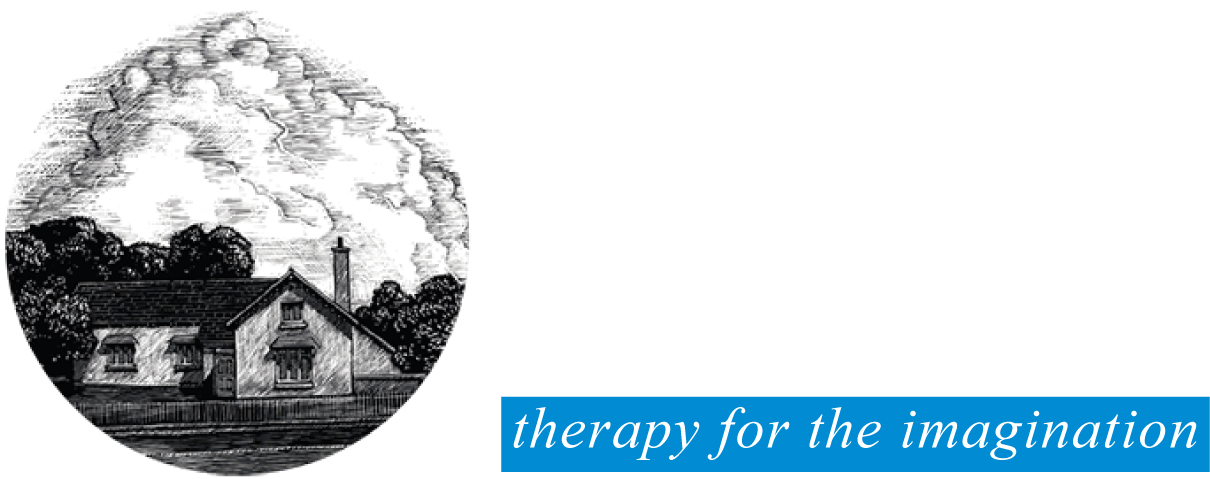Watercolour Painting | Yanny Petters
Fridays 10am - 1pm
3 week course
€120
IN-STUDIO & ONLINE OPTION
UPCOMING DATES;
2025
Nature Print Class
June 13th - July 4th (3 weeks) break 20th June
ABOUT THIS COURSE
NATURE PRINT
This technique of using plants to produce prints dates from the Renaissance when they were used in medical and herbal books. Leonardo da Vinci is known to have experimented with this technique and his print of a sage leaf is iconic.
Ink is applied to a pressed plant or flower and a limited series of prints is created. The technique was developed to depict plants for identification of medicinal species. Prior to that plants were only described in text and drawings were quite primitive and sometimes inacurate. Botanical paintings were much too expensive to produce and couldn't be reproduced until etching and engraving were developed.
As with other art forms, once new ways of illustrating things came along like engraving, wood block and etching, nature print was superceded but has been used as an art form in fine art printing on and off ever since.
In Ireland the great Mrs Mary Delaney (1700 - 1788) experimented with the technique in the 1700s. The Botany department of Trinity College also holds examples of beautiful nature prints of ferns created by Henry Bradbury in the 1850s.
Nature Print Materials List:
Leaves pressed in a heavy book.
Water based block print ink. Black and primary colours. Available from K & M Evans and Art & Hobby shop.
Lino Rollers x 2. Available from K & M Evans and Art & Hobby shop and most art suppliers.
Printing/etching paper. Available from K & M Evans - Fabriano Tiepolo 130gsm 70cm x 100cm Cut down to A3 and A4 approx.
Blotting paper A3
A3 or A4 piece of perspex/glass/steel/plastic. Must be smooth for rolling out ink. Could be a large biscuit tin lid for example.
A4 cheap paper, at least 20 sheets (also available from Yanny in studio)
News paper or Newsprint cut down to A4 and A3 - lots (also available from Yanny in studio)
Rags or kitchen roll.
Scissors
Tweezers
2b Pencil
Ruler
Latex gloves
Large tray (like cat litter tray) to fit paper (also available from Yanny in studio)
String and pegs or paper clips to hang prints to dry. (also available from Yanny in studio)
Meet Yanny
Yanny Petters has been painting exquisitely detailed portraits of wild plants since the 1990s. Fascinated by colour, form and detail, her love and interest in botanical art stemmed from her work as a sign-writer where plant themes were common in decorative design. Yanny has explored many mediums including oils and painting on glass, a technique she specialises in. She has a deep knowledge of watercolours which she has been sharing through workshops for many years and here at the Schoolhouse for Art since it's foundation.
Yanny has had many successful exhibitions since 1995. She exhibited with renowned landscape painter Michael Gemmell in ‘The Living Bog’ which featured her Paintings on Glass of Irish Bog Plants, at the Davis Gallery, Dublin in 2003. She was honoured to be included in ‘1000 Years of Botanical Art’ at the Ashmolean Museum in Oxford, England, in 2005 as part of the Dr. Shirley Sherwood collection. Since that she has had paintings exhibited in the Shirley Sherwood Gallery, Kew Gardens, London, as part of ‘The Art of Plant Evolution’ (2009) the 'Botanical Art in the 21st Century' (2014) and in Modern Masterpieces of Botanical Art (2019).
Her work was recently acquired by The National Gallery of Ireland and The National Museum of Ireland. A number of her works are in the Dr. Shirley Sherwood Collection, the most prestigious collection of botanical art in the world.
Other collections include:
Office of Public Works State Collection, Wicklow Mountains National Park, Co. Wicklow, Connemara National Park, HSE Community Nursing Unit at Clonskeagh, The Watercolour Society and many private collections.



